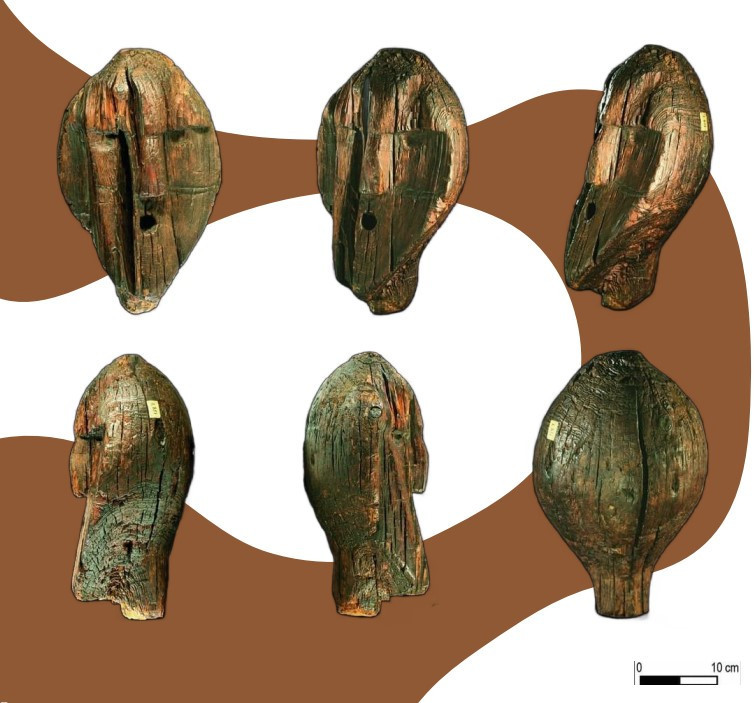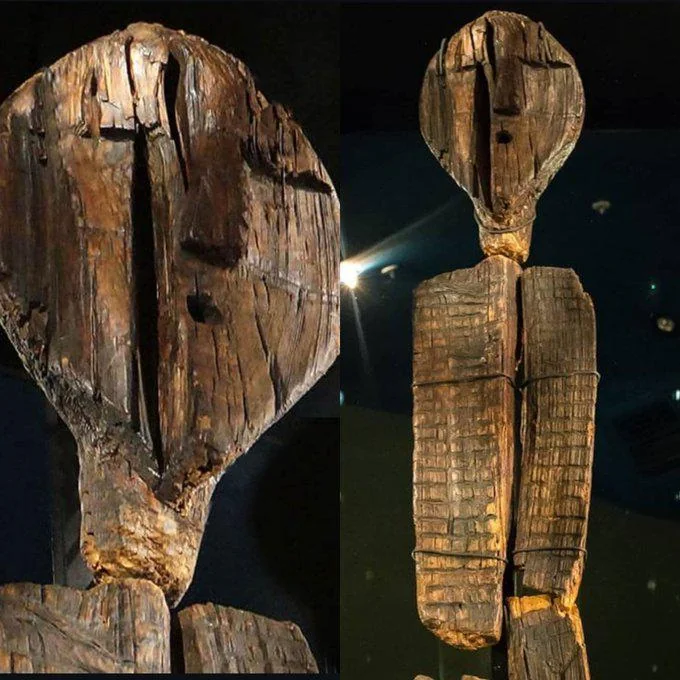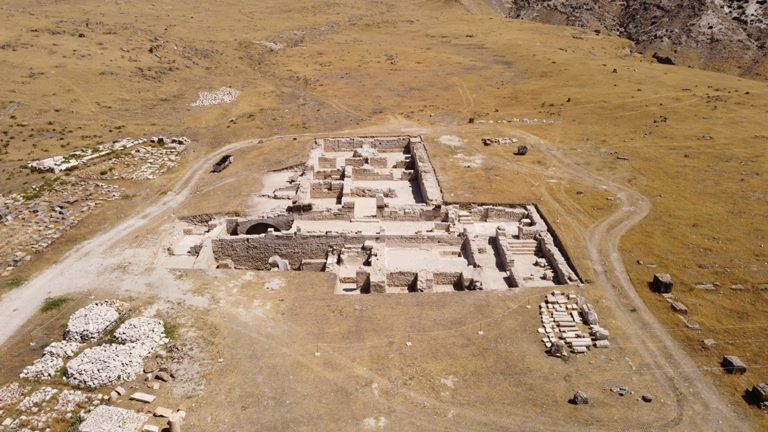The Shigir Idol, discovered in the Ural Mountains, stands as the most fascinating wooden artifact of the prehistoric world. With a history of 11,600 years, it holds the title of the oldest wooden statue.
Discovery of the Idol
In 1864, gold prospectors stumbled upon an extraordinary artifact in a peat bog in the Ural Mountains. They found a 5.3-meter tall human statue. Since that day, this monumental statue has captivated archaeologists and the public with its intricate human faces and motifs.
Insights from Experts
Prof. Dr. Çiler Çilingiroğlu from Ege University’s Department of Protohistory and Near Eastern Archaeology notes that experts still debate whether the Shigir Idol depicts a male or female figure, a forest spirit, or a supernatural being. In her article for Gazete Duvar, she shares valuable insights about the idol.
Aging Studies and Findings
Researchers have conducted numerous aging studies on the idol. The AMS (Accelerator Mass Spectrometry) studies from 2021 provided the most reliable results. They took samples from different parts of the tree rings on the statue, revealing that it dates back to the beginning of the Holocene. Recent studies confirm that the idol is 11,600 years old.

Craftsmanship and Historical Context
At the end of the Ice Age, the Earth experienced a sudden climate shift, leading to the Holocene. During this time, sea levels and temperatures rose, glaciers melted, and forest cover expanded. Many large Ice Age animals went extinct or migrated north. The Homo species, which had adapted during the Ice Age, had to adjust quickly to a new ecological environment.

Craftsmen made the statue from larch wood during the late stages of the Pleistocene, specifically at the end of the Younger Dryas. This period marked the beginning of the Holocene, when the climate began to warm.
This extraordinary find has sparked new ideas about Mesolithic art and symbolism among archaeologists. The Shigir Idol is special due to its monumental nature and its creation by hunter-gatherers during a time of sudden climate change.
Unique Features of the Idol
The most striking feature of the idol is the human face at the top. This face clearly displays eyebrows, eyes, a nose, and a mouth. The expression in the mouth suggests a person who might be speaking, singing, or making animal sounds. The torso features seven additional human faces, each unique and possibly representing specific individuals.

The surface of the statue displays patterns of chevrons, zigzags, and simple linear shapes. Some suggest that the zigzag carvings resemble motifs found on a viper’s skin, indicating that people believed the idol possessed magical powers. Given its monumental size, the idol may serve a similar function to totems known from some Native American tribes, such as the Haida community in Canada.
Cover Image: The Shigir Idol, which is considered the world’s oldest wooden sculpture, is on display at the Sverdlovsk Regional Museum of Local Lore in Russia. (Donat Sorokin/TASS via Getty Images)





